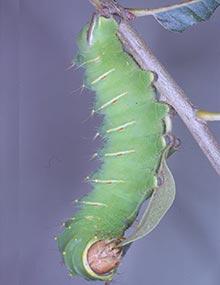

Caterpillars in Your Yard and Garden, Page 34
Reviewed
Polyphemus moth caterpillars (Antheraea polyphemus) are present from May to October. They produce multiple generations per year.
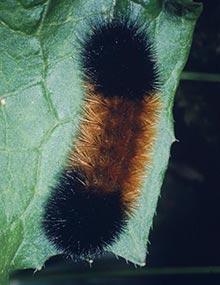
Caterpillars in Your Yard and Garden, Page 05
Reviewed
Banded woollybear caterpillars (Pyrrharctia isabella) are present in the spring and from late summer to late fall. They produce one to two generations per year.
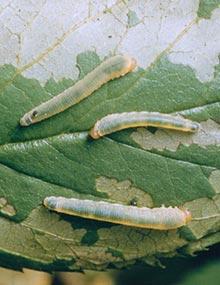
Caterpillars in Your Yard and Garden, Page 37
Reviewed
Roseslug caterpillars (Endelomyia aethiops) are present in summer. They produce one generation per year.
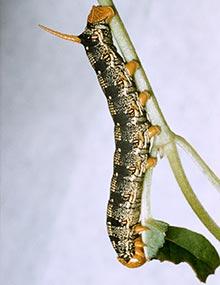
Caterpillars in Your Yard and Garden, Page 08
Reviewed
Catalpa sphinx caterpillars (Ceratomia catalpae) are present from early summer to early fall. They produce multiple generations per year.
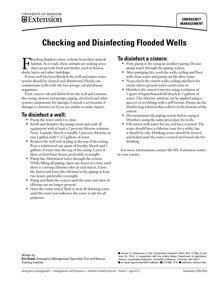
Checking and Disinfecting Flooded Wells
Reviewed
If your well has been flooded, the well and entire water system should be cleaned and disinfected. Floods can contaminate wells with silt, raw sewage, oil and disease organisms.
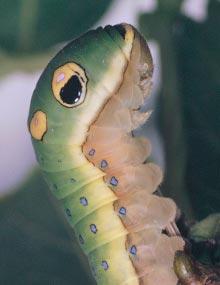
Caterpillars in Your Yard and Garden, Page 40
Reviewed
Spicebush swallowtail caterpillars (Papilio troilus) are present from May to October. They produce two to three generations per year.

Caterpillars in Your Yard and Garden, Page 11
Reviewed
Crinkled flannel moths caterpillars (Lagoa crispata) are present in summer and fall. They produce two generations per year.
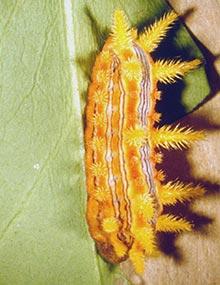
Caterpillars in Your Yard and Garden, Page 43
Reviewed
Stinging rose caterpillars (Parasa indetermina) are present in summer and fall. They produce one to two generations per year.
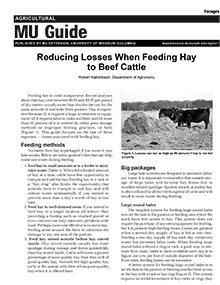
Reducing Losses When Feeding Hay to Beef Cattle
Reviewed
Feeding hay to cattle is expensive, mostly due to waste. Learn good management practices to minimize the losses that occur due to poor storage methods, improper feeding methods, or both.
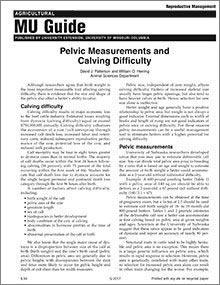
Pelvic Measurements and Calving Difficulty
Reviewed
Learn how pelvic measurements can help estimate calf birth weight and reduce calving difficulty in beef cattle.
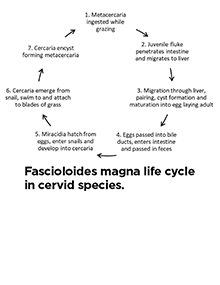
Liver Flukes in Missouri: Distribution, Impact on Cattle, Control and Treatment
Reviewed
Cattle operations should evaluate their risk for is Fascioloides magna, also known as the deer fluke or the giant liver fluke. Learn about its distribution in Missouri, its life cycle, treatment and more in this guide.

Missouri Farm Labor Guide
Revised
Learn good human resource practices related to employee recruitment, hiring, onboarding, training and termination that your farm or agribusiness can use.
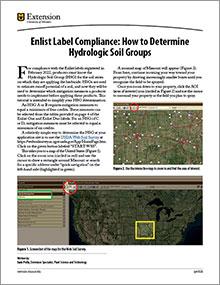
Enlist Label Compliance: How to Determine Hydrologic Soil Groups
New
Learn how to use the USDA Web Soil Survey interactive map to determine your field's hydrologic soil group for the soil series on which you plan to apply an Enlist herbicide.

Decision-Making Techniques for Community Groups
Reviewed
Explore four decision-making techniques to help community groups identify and prioritize projects effectively.

Quail-Friendly Plants of the Midwest, Page 43
Reviewed
Common ragweed commonly grows to 18 inches. Leaves are simple, alternate, smooth and deeply lobed. Often the lobes are lobed again.
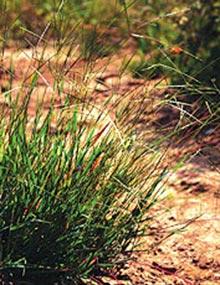
Quail-Friendly Plants of the Midwest, Page 11
Reviewed
Often found in disturbed areas, crab grass tends to indicate early successional vegetation, and thus good quail habitat. However, late spring disturbance may result in a crab grass response heavy enough to displace other beneficial or desired plants.
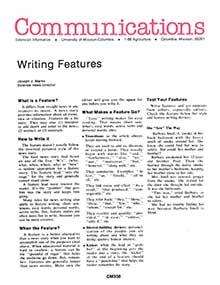
Writing Features
Reviewed
Learn how to craft engaging feature stories by focusing on imaginative leads, concise sentences, and active verbs to captivate your readers.

Techniques for Aging Live Deer
Reviewed
The ability to age live deer is a beneficial skill for all deer hunters and managers. Visit our site to learn Techniques for Aging Live Deer.
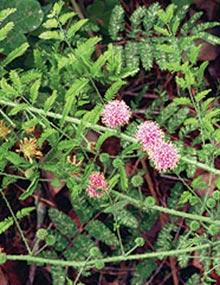
Quail-Friendly Plants of the Midwest, Page 46
Reviewed
Sensitive brier has prostrate stems and seedpods covered with hooked barbs. Doubly compound, featherlike leaves close rapidly when touched or disturbed. Flower clusters are a fuchsia ball dotted with contrasting yellow stamens.
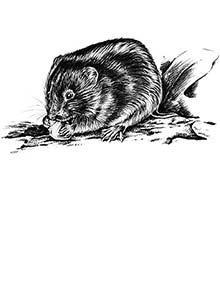
Controlling Voles in Horticulture Plantings and Orchards in Missouri - Page 2
Reviewed
Pine voles spend most of their lives under the ground in burrow systems. They can be found in forested areas but also inhabit fields next to woodlands. They feed on plant roots, flower bulbs, and the growing tissue (cambium) of tree roots.
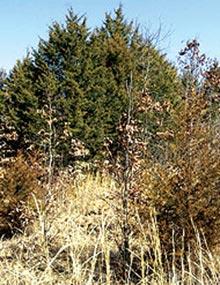
Quail-Friendly Plants of the Midwest, Page 14
Reviewed
Eastern red cedar is a small to medium-sized tree up to 50 feet tall. It is an aromatic evergreen with a dense pyramid-shaped to cylindrical crown.
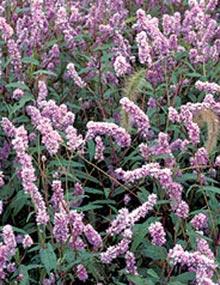
Quail-Friendly Plants of the Midwest, Page 49
Reviewed
Annual smartweeds has abundant, swollen nodes where the leaf meets the stem. Leaves are simple, alternate and parallel-veined; most are lanceolate. Flower clusters are white or pink, and at maturity the plant yields large numbers of seeds.
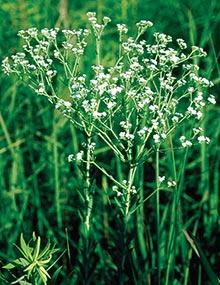
Quail-Friendly Plants of the Midwest, Page 17
Reviewed
Flowering spurge may reach 3 feet tall on richer soils. Inflorescences are multibranched, with multiple flower heads per branch. Flowers have five white petals with a yellow center and average about one-third inch across.
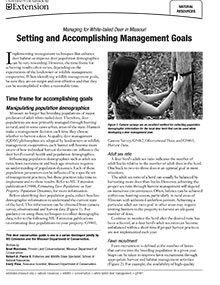
Managing for White-tailed Deer in Missouri: Setting and Accomplishing Management Goals
Reviewed
White-tailed deer management
This deer conservation guide is one in a series developed jointly by MU Extension and the Missouri Department of Conservation.
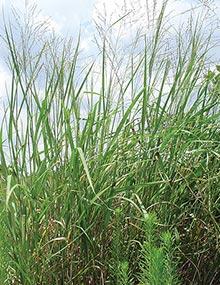
Quail-Friendly Plants of the Midwest, Page 52
Reviewed
Switch grass exhibits an upright, bunchy growth form. The leaves twist in a corkscrew-like pattern from the base to the tip of the blade.